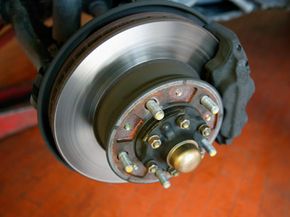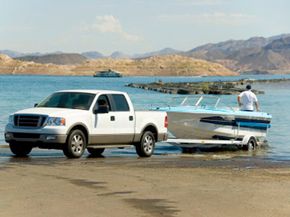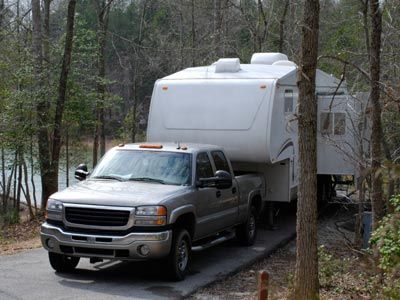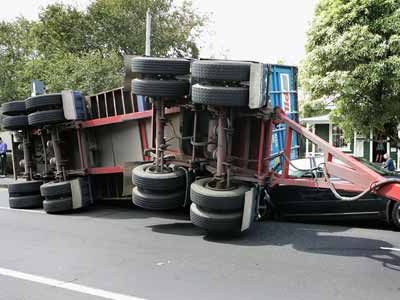If you're relatively new to the world of towing and all of the terms, tools, equipment and accessories that come along with it, it's easy to be a bit overwhelmed. Things like gross vehicle weight ratings, tongue weight, trailer brakes, drawbar pull, tie-down hangers, trailer roof vents and tow bars (among countless others) are often the focus of discussions online and at the local trailer supply parts counter. You'll find that sometimes it's easy to overlook the simplest of parts in these bigger discussions. Grease caps are a good example. These very small, yet very important, components typically get very little attention -- that is, until something goes wrong and a cracked grease cap is the reason you're sitting on the shoulder of the highway waiting for the roadside assistance truck to show up.
But what exactly are grease caps? What are they used for? Are they simply a decorative accessory for your trailer, or do they serve a real purpose? Well, you can be assured that grease caps are not decorative. Although a shiny chrome grease cap can be a nice touch on a rather plain trailer wheel, they serve a very important purpose. Grease caps are the small, round, metal covers you see at the very center of a wheel. Sometimes they're called dust caps, but for clarity, we'll call them grease caps from this point forward. Grease caps protect your wheel bearings from the dirt, dust, sand, water, salt and road grime that can (and will) destroy bearings. Without grease caps, your wheel bearings simply wouldn't survive for very long out on the road.
Advertisement
Bearings require constant lubrication to remain effective. Thick bearing grease is packed all around the wheel bearings every time they're replaced or even when they're removed for wheel hub or axle service. Grease caps protect the bearing grease from contamination and also hold the grease that surrounds the wheel bearings in place.
In fact, the caps themselves are also packed with grease. This serves two purposes. It provides a continuous supply of grease for the bearings, and it also keeps the grease from migrating away. If the cap were empty, the grease might eventually work its way into the cap, filling the cap but leaving the bearings dry. That's why it's important to not only pack the bearings with grease but to also completely fill the caps with grease.
Now that you have a good idea of what grease caps are, read the next page to find out how to use them.
Advertisement




